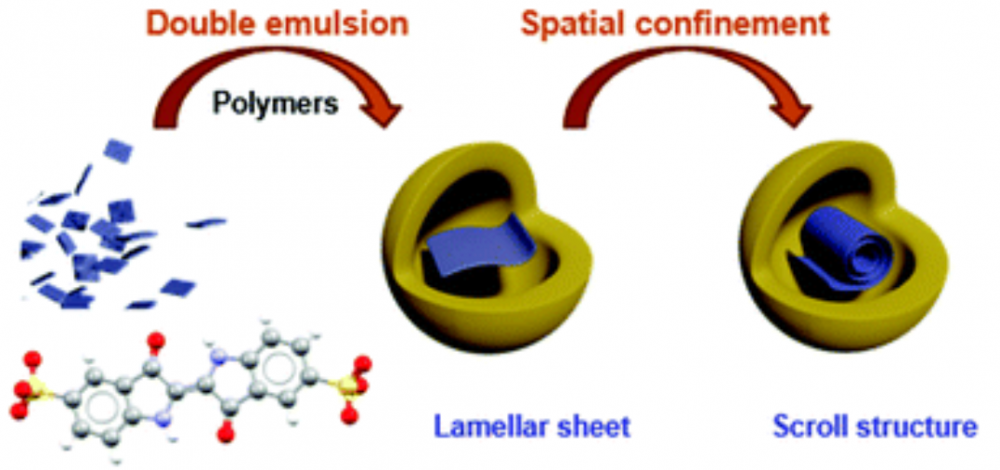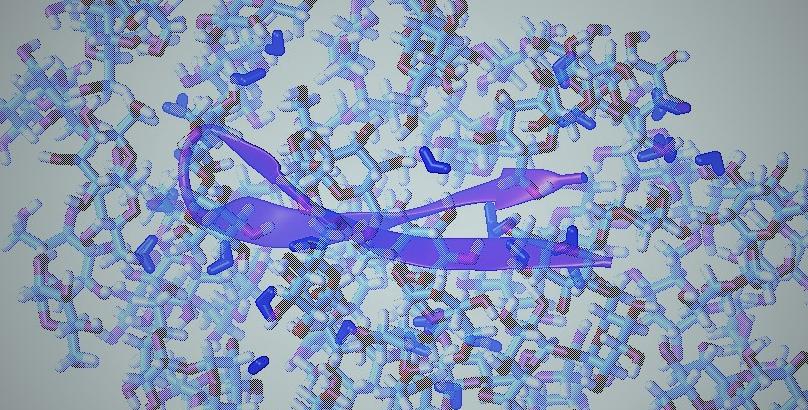Citation:
Abstract:
Molecular self-assembly forms structures of well-defined organization that allow control over material properties, affording many advanced technological applications. Although the self-assembly of molecules is seemingly spontaneous, the structure into which they assemble can be altered by carefully modulating the driving forces. Here we study the self-assembly within the constraints of nanoconfined closed spherical volumes of polymeric nanocapsules, whereby a mixture of polyester-polyether block copolymer and methacrylic acid methyl methacrylate copolymer forms the entrapping capsule shell of nanometric dimensions. We follow the organization of the organic dye indigo carmine that serves as a model building unit due to its tendency to self-assemble into flat lamellar molecular sheets. Analysis of the structures formed inside the nanoconfined space using cryogenic-transmission electron microscopy (cryo-TEM) and cryogenic-electron tomography (cryo-ET) reveal that confinement drives the self-assembly to produce tubular scroll-like structures of the dye. Combined continuum theory and molecular modeling allow us to estimate the material properties of the confined nanosheets, including their elasticity and brittleness. Finally, we comment on the formation mechanism and forces that govern self-assembly under nanoconfinement.
Notes:


